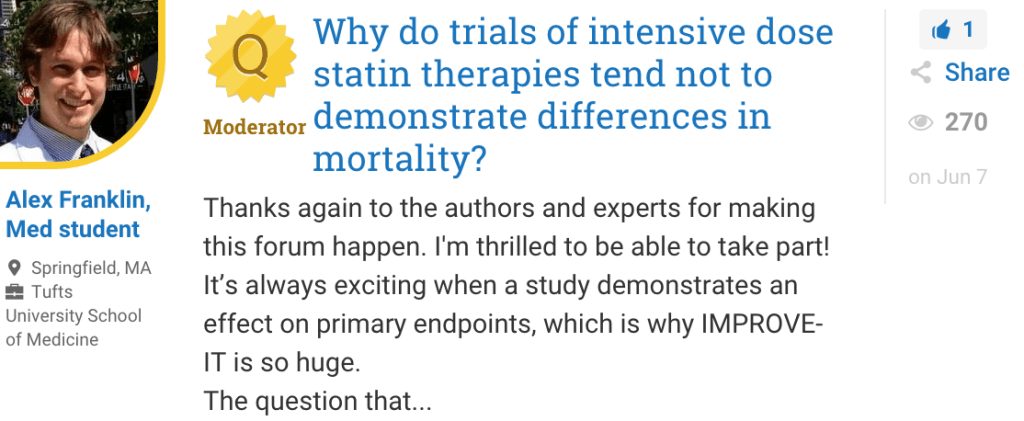One of major topics of conversation among healthcare professionals both offline and online is discussion about new developments in their field and their impact on clinical practice. The authors of important clinical studies, who are likely the experts on the subject, may want to be part of the dialogue. Social channels allow for these authors to be more active in the dissemination and audience understanding of their own research, from the initial stages (even recruiting patients through Twitter) to participating in interviews weeks after publication.
Authors can make a long-term impact when presenting at a congress meeting
Congress meetings are becoming more digitally active than ever
and there are many ways study authors are getting involved. Twitter, of course, is a major channel for conversation and one regularly used by large number of attendees. In addition, emerging tools such as Periscope may be used to increase engagement by allowing an audience to comment online on an author’s presentation in real time, while others such as Storify enable users to create a narrative from tweets (like opinions on new data), in order to create lasting content beyond the congress days. Depending on the meeting, expect video content also to be created, either by the congress itself or by third party sites. Within the area of oncology, sites like TargetedOnc and OncLive TV regularly interview lead authors on their research and results.

Dr. Van Cutsem Discusses Regorafenib for the Treatment of Patients With Chemorefractory mCRC in a Targeted Oncology video interview (August 21, 2015)
Having a strong online presence when the data is released in a journal
Once the full paper is released in a medical journal there are several opportunities for dissemination and adding value where authors can contribute. One of the most important aspects to consider is how to best leverage the digital and social media features of a site. For example, the Journal of the American Medical Association (JAMA) allows various supplemental multimedia content to be uploaded, with options including author audio interviews and readings, and author teleconferences. It’s a great opportunity to approach a data release from a multichannel perspective, which will benefit not only the readers, but ultimately also the author and the company sponsoring the study. In addition, some investigators may wish to update their publication-specific social networks like ResearchGate and F1000 in order to stimulate discussion and generate more visibility about the data among their peers.
“Any further questions?” Clarifying concerns through social media
It may be that some papers are more deeply scrutinized by healthcare professionals on social media due to controversy, breakthrough results, or other reasons. Thus, it can be highly effective for an author to be involved in online conversation in order to provide accurate information, while correcting possible misinformation. For example, the authors of the long-awaited and sometimes controversial Merck-sponsored IMPROVE-IT study took part in an open forum hosted by NEJM that allowed them to answer questions directly from healthcare professionals. Thus, a lasting resource has been created containing expert answers to concerns about the study.
 A medical student asks a question to the investigators of IMPROVE-IT in the open NEJM forum (June 7, 2015)
A medical student asks a question to the investigators of IMPROVE-IT in the open NEJM forum (June 7, 2015)
Learning about the power of social media is key
These examples of what study authors can do – or are already doing – to contribute to online conversation about their work are just scratching the surface of what is possible. Most importantly, authors have to know that these options are available to them.
As increasing numbers of senior doctors embrace social media, the opportunity exists for trial sponsors to support their online presence, digital skills development resourcing to ensure that they are able to participate in social media discussions if they want to. This can be beneficial for everyone involved, as it will help provide greater understanding of the data, create constructive debate, and promote transparency in the reporting process.

